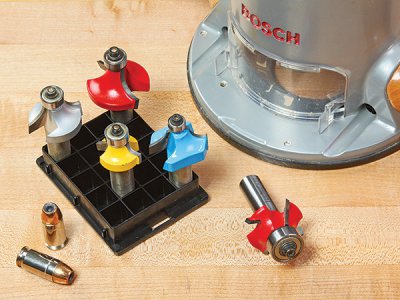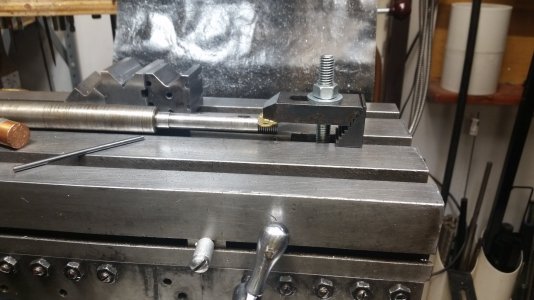On a post on another thread, I was lamenting the fact that I didn't have a proper method of storing my excess drills. I don't have enough to justify the expense of drill bit dispenser(s) let alone the space to put them. However, lumping them all together isn't the answer either as sorting through them ti find the one you need consumes a lot of time.
My criteria for storage is that the cost is minimal, storage is compact, and that sorting is relatively easy. The solution that I came was storage pouches sorted by hundredths of an inch. I have a "Seal a Meal" that works well for making small plastic bags. I also have pieces of 6 mil polyethylene sheet left over from various projects. The sheet is folded lengthwise with one half slightly longer than the other and pouches about an inch wide are made using the Seal a Meal. Once the drills are loaded, the whole affair can be rolled up into a compact roll for storage.
View attachment 393064View attachment 393065





